Legal translation isn’t just about accuracy—it’s about protecting real people and real businesses from risks hidden in language. When handling German to English translation for legal contracts, you’re not only moving words across languages; you’re navigating two entirely different legal systems, writing traditions, and expectations about clarity. German contracts love long sentences, abstract nouns, dense compound words, and legal concepts that simply don’t exist in English-speaking jurisdictions. If you translate these literally, you could change obligations, create ambiguity, or—worst of all—expose clients to unintended liabilities.
In this case study, we’ll explore five structural conflicts every translator faces when converting German legal agreements into English. We’ll look at concrete examples, explain why these issues occur, and walk through how professional legal translators resolve them. Whether you’re translating service agreements, employment contracts, licensing terms, or commercial statements of work, understanding these conflicts helps you produce clear, enforceable, and legally functional English documents—without distorting the intent of the original text.
- Conflict #1: German Sentence Length vs. English Readability
German legal contracts frequently use sentences that run over 40, 60, or even 100 words. They often stack multiple clauses, exceptions, and conditions into a single sentence. English legal writing, by contrast, emphasizes shorter, more modular structures.
A typical German clause might read like a paragraph, full of commas and embedded subordinate clauses. Translators must resist literal replication. Instead, they break sentences into smaller units while preserving meaning: turning one German mega-sentence into two or three concise English ones. This improves readability, aligns with English drafting norms, and reduces the risk of misinterpretation.
- Conflict #2: Nominalization Overload (Substantivierung)
German legal writing relies heavily on nominalizations—verbs turned into nouns, often forming dense compound terms like Nutzungsüberlassung, Zahlungsverpflichtung, or Haftungsfreistellung.
In English contracts, these sound heavy and unnatural when translated literally. The key strategy? Convert them back into action-oriented structures whenever appropriate. For example:
- German: “bei Verletzung der Zahlungspflicht”
- Natural English: “if the party fails to make payment”
Translators break the nominalization into a verb phrase, improving clarity, reducing ambiguity, and aligning the text with English legal style.
- Conflict #3: No Direct Concept Equivalents
German law (Bürgerliches Gesetzbuch / BGB) uses legal concepts with no direct English counterparts. For instance:
- Verzug ≠ “delay”; it means “default with consequences”
- Aufrechnung ≠ “offset”; it has strict conditions
- Erfüllungsgehilfe has no simple English equivalent
Professional translators resolve this by selecting the closest functional concept and adding clarifying wording when needed. Instead of forcing a perfect match, they craft English that explains the role, responsibility, or effect. This prevents legal misunderstandings while keeping the translation enforceable.
- Conflict #4: Differences in Contract Structure
German contracts tend to group obligations under broad clauses, while English contracts favor highly segmented drafting with numerous headings and definitions.
When localizing a contract from German into English, the translator often restructures:
- splitting paragraphs,
- adding headings,
- reorganizing clauses,
- clarifying definitions.
This isn’t cosmetic. It ensures the contract is understandable to English-speaking parties and aligns with typical expectations of legal professionals.
- Conflict #5: Modal Verbs and Obligation Strength
German modal verbs (müssen, sollen, dürfen) carry specific legal force, but their closest English equivalents don’t always map cleanly.
For example:
- müssen → “must” (obligation)
- sollen → sometimes “should,” sometimes “shall”
- dürfen → “may” (permission)
Translators must analyze context carefully. In legal drafting, the difference between may and shall can determine rights, obligations, or breach conditions. One mistranslated modal verb can completely alter the meaning of a clause.
How Professionals Resolve These Conflicts
Experienced legal translators use a four-step approach:
- Interpret the legal intent, not just the wording.
- Apply English legal drafting conventions.
- Use functional equivalence when no direct match exists.
- Prioritize enforceability over literalness.
This approach maintains legal accuracy, protects clients, and produces contracts that English-speaking lawyers can confidently apply.
Conclusion
Translating German legal contracts into English demands more than linguistic ability—it requires a deep understanding of both legal cultures. As we’ve seen, structural conflicts like sentence length, conceptual mismatches, nominalization habits, and modal verb differences can lead to serious misinterpretations if handled literally. By applying professional strategies—breaking long sentences, resolving nominalizations, restructuring documents, and choosing functional legal equivalents—you can ensure your English translation is clear, enforceable, and aligned with industry standards. If you work regularly in German to English translation, mastering these conflicts is essential to delivering legally reliable and high-quality contract localization.
FAQs
- Do German legal contracts use longer sentences than English ones?
Yes—German legal drafting traditionally favors long, clause-heavy sentences.
- Should translators ever restructure a contract?
Yes—when moving into English, restructuring often improves clarity and usability.
- How do you translate concepts with no English equivalent?
Use the closest functional concept and clarify meaning in context.
- Why are modal verbs risky in legal translation?
Because words like shall, must, and may carry very different legal implications.
- Is literal translation ever acceptable for legal texts?
Only when the structure and meaning align naturally—otherwise literalism risks distortion.


